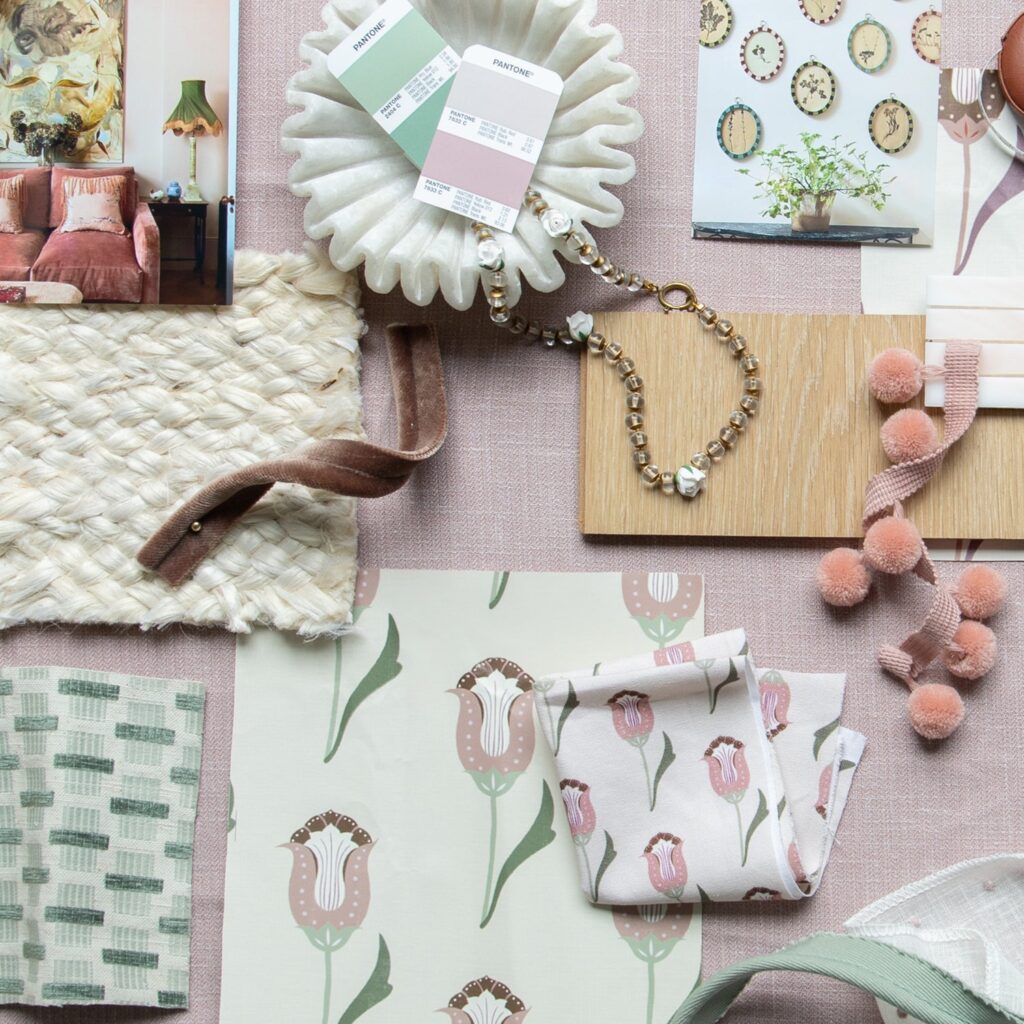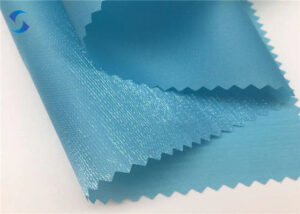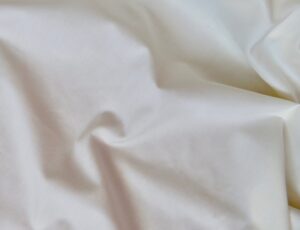Can You Mix Geometric Oxford with Geometric Crepe?
In the world of fashion and sewing, fabric compatibility significantly influences the outcome of any project. Mixing different fabrics can either enhance or detract from the design, making it crucial to understand how various textiles work together. This article explores whether geometric Oxford fabric and geometric crepe can be successfully combined, offering insights into their compatibility, benefits, challenges, and practical sewing tips.
Compatibility Analysis
Yes, you can mix geometric Oxford with geometric crepe. These fabrics can complement each other beautifully if the right techniques are employed. The key is understanding their individual properties and how they interact. Oxford fabric, known for its durability and slightly textured surface, pairs well with the soft, flowing nature of crepe. The contrast in textures can create visual interest, while their differing weights can add dimension to a design. However, attention must be paid to factors like stretch, care requirements, and durability to ensure a harmonious blend.
Key Factors:
- Texture: Oxford’s subtle texture contrasts nicely with crepe’s smoothness.
- Weight: Oxford is generally heavier, providing structure, while crepe offers fluidity.
- Stretch: Both fabrics have limited stretch, reducing potential fit issues.
- Care Requirements: Oxford and crepe may have different washing needs, necessitating careful maintenance.
- Durability: Oxford is robust, whereas crepe is more delicate, requiring gentle handling.
Fabric Properties Comparison Table
| Property | Geometric Oxford | Geometric Crepe |
|---|---|---|
| Fiber Content | Often cotton or cotton blend | Usually silk, wool, or synthetic |
| Weight and Thickness | Medium to heavy | Light to medium |
| Breathability | Good | Moderate |
| Stretch | Minimal | Minimal |
| Wrinkle Resistance | Moderate | High |
| Care Instructions | Machine wash, warm | Hand wash or dry clean |
| Durability | High | Moderate |
Benefits of Mixing These Fabrics
- Enhanced Texture and Visual Interest: The combination of Oxford’s texture with crepe’s smoothness creates a dynamic look.
- Improved Comfort and Performance: Oxford provides structure, while crepe adds comfort and movement.
- Better Drape and Movement: The heavier Oxford stabilizes the garment, while crepe allows for fluid draping.
- Cost-Effectiveness: Using Oxford for structure can reduce the amount of more expensive crepe needed.
- Seasonal Versatility: This pairing works well across seasons, offering warmth and breathability.
- Design Possibilities: Mixing these fabrics opens up a range of design options, from structured blazers to flowing skirts.
Potential Challenges
While mixing geometric Oxford with geometric crepe offers many benefits, there are potential challenges to consider:
- Different Shrinkage Rates: Pre-wash fabrics to minimize shrinkage discrepancies.
- Conflicting Care Requirements: Opt for the gentlest care method suitable for both fabrics.
- Texture Clash or Pilling: Test a small swatch to check for pilling.
- Seam Puckering: Use the appropriate needle and thread to prevent puckering.
- Color Bleeding or Fading: Pre-test for colorfastness to avoid bleeding.
Practical Solutions:
- Pre-Wash Fabrics: Helps align shrinkage rates and checks for colorfastness.
- Use Interfacing: Adds stability to seams and prevents puckering.
- Select Compatible Colors: Ensure colors complement each other to avoid clashing.
Sewing & Styling Tips
- Sewing Techniques: Use a sharp needle (size 70/10 or 80/12) and polyester thread for strength.
- Interfacing Needs: Lightweight interfacing can stabilize crepe without adding bulk.
- Seam Finishing: Consider French seams for a clean finish.
- Pattern Selection: Choose patterns that highlight the structural differences, like a fitted bodice with a flowing skirt.
- Styling Ideas: Pair a geometric Oxford jacket with a crepe dress for a chic contrast in textures.
Care & Maintenance Guide
- Washing Instructions: Hand wash or use a gentle cycle in cold water.
- Drying Recommendations: Lay flat to dry or use a low-heat setting on the dryer.
- Ironing Tips: Use a low to medium heat setting, and place a cloth over crepe to prevent shine.
- Stain Removal: Treat stains promptly with a mild detergent.
- Long-Term Care: Store garments in a cool, dry place to prevent damage.
FAQ Section
-
Can you wash geometric Oxford and geometric crepe together?
- Yes, but use a gentle cycle and cold water to prevent damage.
-
Will geometric Oxford shrink more than geometric crepe?
- Oxford may shrink more; pre-wash both fabrics to minimize this issue.
-
What needle size should I use for sewing these fabrics together?
- A size 70/10 or 80/12 needle is recommended.
-
Can you mix geometric Oxford and geometric crepe in one garment?
- Absolutely, this can create a visually appealing and structurally interesting piece.
-
How do you prevent seam puckering when combining these fabrics?
- Use a sharp needle, adjust tension, and consider using a walking foot.
-
Is it okay to mix these fabrics for upholstery?
- Yes, but ensure the crepe is adequately backed for durability.
-
What’s the best way to finish seams with these fabrics?
- French seams or serged edges work well to prevent fraying.
Mixing geometric Oxford with geometric crepe can lead to stunning results when done thoughtfully. By understanding their properties and addressing potential challenges, you can create unique, stylish garments and decor pieces.




Leave a Reply